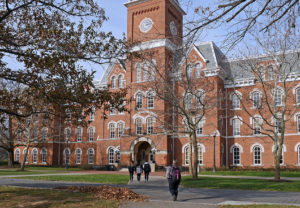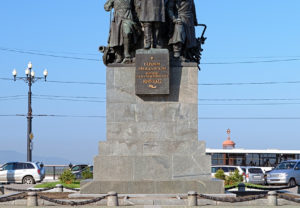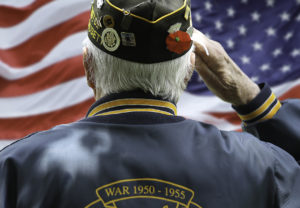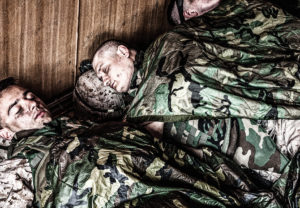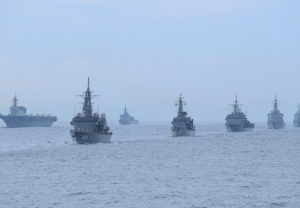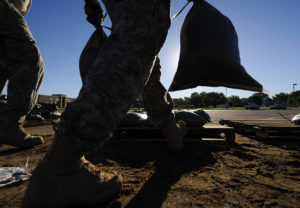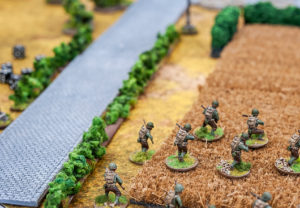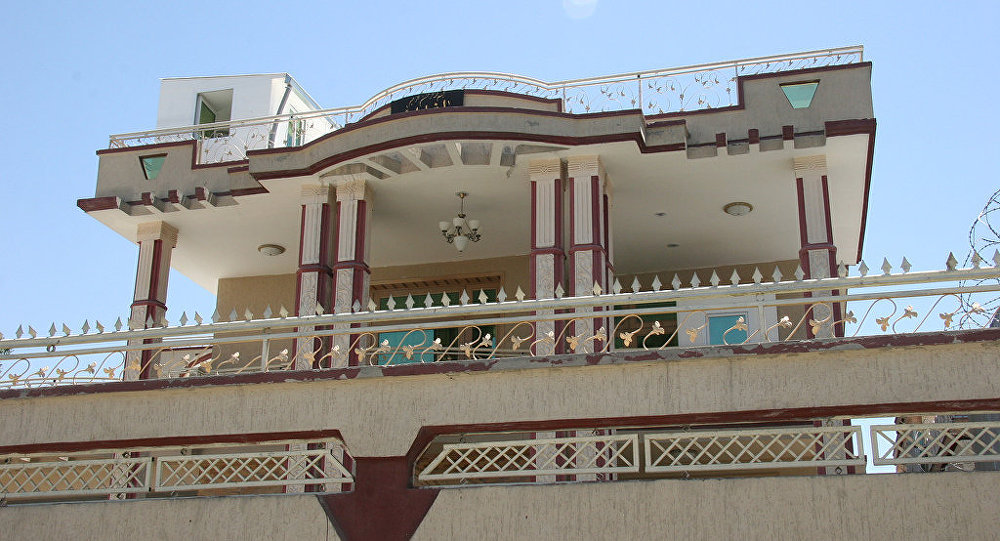Let’s us hark back to exactly a month ago when we learned that the Pentagon spent $43 million on a gas station in Afghanistan that no one would use. Learning that millions of tax payer dollars were funneled into a construction project that was fundamentally useless was pretty bitter pill to swallow–more so when we learned that there are no records of how that money was even spent.
At the time, we thought, “Is it possible that the Pentagon can spend even more money on something even more unnecessary?” Yes. Yes it is.
The Task Force for Business and Stability Operations–the same defense department behind the abandoned gas station–also spent $150 million building villas in the Afghan desert. These mansions housed TFBSO employees despite having free lodging available at the American embassy and American military bases.
As you can see from the picture above, these villas were a bit more grand than the $43 million gas station.
John Sopko of SIGAR, a watchdog that monitors Afghanistan reconstruction efforts, wrote another scathing letter to Defense Secretary Ash Carter to find answers.
“Was TFBSO specifically authorized by DOD or some other authority to allow its staff to reside in private residences in Afghanistan and to hire private security guards and private support services?” Sopko asked. “How were the villas used by TFBSO in Kabul selected and who selected them?”
Sopko’s letter describes the villas as “three-star”–every bedroom had a queen-sized bed, a flat-screen television that was 27 inches or larger, a miniature fridge and a DVD player. The villas were also defended by three local mercenary groups who carted TFBSO employees from place to place during the day and protected the area at night. There was also an “investor villa” for non-TFBSO employees with “upgraded” furniture and amenities.
The main questions Sopko is asking are:
1) Why was it necessary to build private residences and hire private security when free alternatives already existed in the country?
2) Was this authorized by anyone at the Pentagon, and if so, who?
3) How did TFBSO’s mission benefit from this spending, if at all?
We’re waiting with bated breath for the answers.







